In golf, accurate measurement of the flagstick or hazard distance is critical to shot planning and performance improvement. Standard golf rangefinders, which operate by laser or GPS technology, help golfers estimate distances better.
With the wide use of smartphones, however, most golfers ask the question: can I use my phone as a golf rangefinder? Today, we will professionally analyze the feasibility of using a phone for distance measurement. Let's take a closer look!
Part 1. Why Golfers Need a Rangefinder?
Golf is a sport highly reliant on precise shot preparation. Golfers must consider the course terrain, wind speed and direction, ball position, and hazard like water and bunkers, before every shot. Under such a circumstance, a golf rangefinder is an indispensable tool.
Enhance Shot Accuracy: A rangefinder can precisely determine the distance to the flagstick or hazards, allowing golfers to accurately gauge the power of their shot. This reduces overhitting or underhitting and minimizes mistakes.
Decrease Decision-Making Time: Quick retrieval of distance information allows golfers to make faster decisions in practice or tournament play, maintain a smooth flow of play, and minimize mental tension caused by delay.
Aid Training and Strategy Optimization: Some advanced rangefinders, in addition to providing distances, track ball positions, shot trajectories, and points of hit. With this help, golfers can analyze their game and develop more effective training programs and game strategies.

Part 2. Can a Phone Be Used as a Golf Rangefinder?
Phones today have several sensors like GPS, accelerometers, and cameras, which inherently include basic distance-measuring functionality. With specialized golf apps, smartphones can also deliver course positioning and calculate distances. But one must not overlook both the benefits and the limitations:
Benefits:
Portable and Convenient: As smartphones are already integrated into daily lives, it is not necessary to carry another device.
Low Cost: Apps tend to be low-cost or zero-cost, providing golfers with basic rangefinding capabilities without extra cost.
Multi-Functional Integration: Certain apps do more than calculate distance, they have course maps, shot tracking, performance metrics, and training analytics.
Limitations:
Limited Accuracy: Smart phone GPS typically will be accurate to 3–10 meters, while laser rangefinders can be accurate to a centimeter.
Environmental Sensitivity: Inadequate signals, tree shadow, or weather may affect distance readings.
High Battery Drain: Extended GPS and screen use can drain battery power very quickly.

Recommended Solution:
Though smartphone distance measurement is simple to practice or play for enjoyment, it will be short of the high-precision expectations of serious competitions or demanding course layouts. In those cases, a professional golf rangefinder is necessary.
Part 3. Common Used Phone Golf Rangefinder Apps
For golfers who want the convenience of using a smartphone to gauge distance, there are several apps that stand out for functionality, accuracy, and ease of use:
1. Golfshot
Global Course Coverage: Provides GPS-based distances and maps of thousands of courses worldwide.
Shot Tracking and Analysis: Provides analysis of every shot hit, allowing golfers to examine club selection, distance, and overall play patterns over time.
Multi-Platform Support: iOS and Android. Basic for free, with the pro version showing detailed stats, real-time caddie advice, and interactive 3D flyovers.
2. Hole19
Real-Time Distance Information: Offers assessment GPS front, center, and back distances to greens, and hazards.
Scoring and Stats: Tracks strokes, putts, fairways, and greens in regulation, which are useful for practice rounds and competitive rounds.
User-Friendly Interface: The easy-to-use design makes it simple for new golfers and experienced golfers to utilize and navigate.
3. SkyCaddie App
High-Precision GPS: Used in conjunction with SkyCaddie devices, it provides extremely accurate green-to-shot distances, hazards, and other key course features.
Strategic Insights: Offers hole layouts, hazard mapping, and club selection guidance, allowing golfers to strategize shots more effectively.
Best for Precise Golfers: Suitable for golfers who need more precision and detailed course data that exceeds the capabilities of normal GPS applications.
4. 18Birdies
Inclusive Features: Blends GPS-derived distance measurement, scoring, statistics, and social networking into a single application.
Personalized Strategy and Training: Provides personalized recommendations for each hole and tips on how to improve overall performance.
Free and Premium Versions: The free app has GPS rangefinding and basic stats, whereas the premium version includes advanced analytics, shot-by-shot history, and AI-based insights.

Part 4. Tips for Using Phone As Golf Rangefinding
To achieve the best out of your smartphone golf rangefinder, remember the below tips to ensure accuracy and reliability:
1. Calibrate Your GPS
Before measuring distances, ensure that location services on your phone are turned on for maximum accuracy. Disable unnecessary background applications to reduce interference, and give the GPS some time to stabilize after being turned on. This can significantly improve distance readings.
2. Use with Course Maps
Use your rangefinder app along with detailed course charts. Overlaying distance readings onto the map helps you visualize hazards, green locations, and optimal shot locations, enabling more strategic club selection.
3. Consider Environmental Factors
Heavy canopy, tall structures, or weak GPS signals may affect accuracy. Under such conditions, supplement your readings with visual guesstimating or course flags to make safer and more precise shots.
4. Update Apps
Keep your rangefinder apps up to date, as the new releases will generally have improved GPS algorithms, bigger course databases, and bug fixes. This maintains your distance data as accurate as it can be.
5. Monitor Battery Life
Use of the GPS and screen can drain your battery rapidly. Take along a handheld power bank or plug your phone when fully charged to avoid needing to finish in mid-round.

Part 5. Smartphone vs. Professional Golf Rangefinder
|
Feature |
Phone |
Golf Rangefinder |
|
Accuracy |
GPS accuracy around 3–10 meters |
Laser/GPS accuracy within 0.5 yards (≈0.46 meters) |
|
Portability |
Extremely portable, always with you |
Lightweight and compact, designed for easy carry |
|
Functionality |
Multi-functional: distance, course maps, shot tracking, statistics |
High-precision distance measurement; some models can record shot data |
|
Cost |
Low, often free or minimal app subscription |
High value for precision, suitable for daily practice and competitive play |
|
Best Use Cases |
Casual practice, recreational rounds |
Daily practice, advanced training, competitive play |
Clearly, smartphones have their niche as convenient, secondary tools for golfers who only need to get basic distance feedback or multi-tasking support. However, for golfers that need professional-level precision, such as Gogogo Sport Vpro Golf Rangefinder provides precise measurements at 0.5 yards, ideal for serious competition and rigorous practice. Its combination of precision, lightness, and reliability ensures every shot can be plotted with confidence, bridging the divide between avid practice and expert level play.

In Conclusion
Smartphones can be used as golf rangefinders, yet they are limited. Smartphone distance measurement is comfortable for everyday practice, recreational play, and golfers seeking data analysis. However, in those scenarios needing a high level of accuracy, such as official competitions or high-pressure shots, an expert rangefinder can't be replaced.
Through the proper choice of smartphone apps, the appropriate application of tips, and the addition of the Gogogo Sport Vpro Golf Rangefinder, you can intensively improve your shot strategy and training efficiency in both practice and competition.

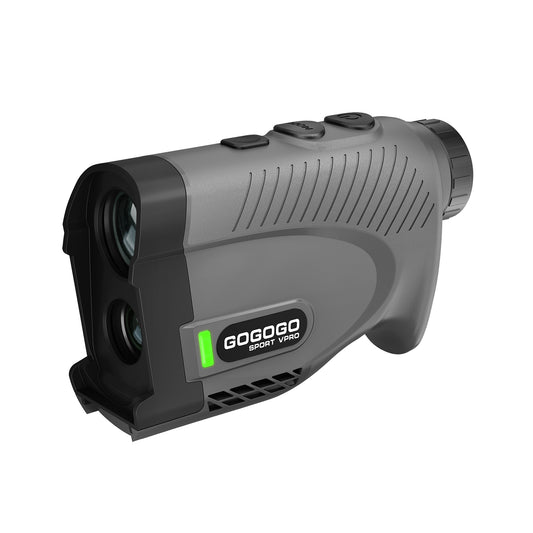
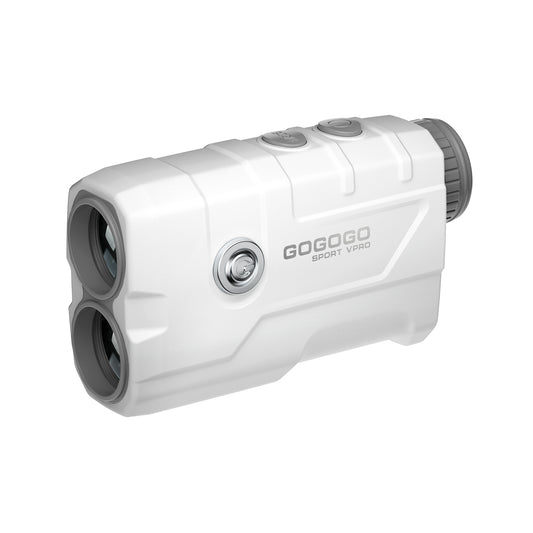
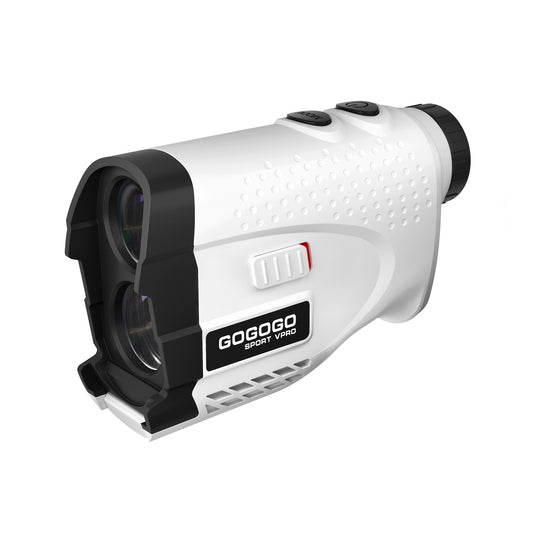
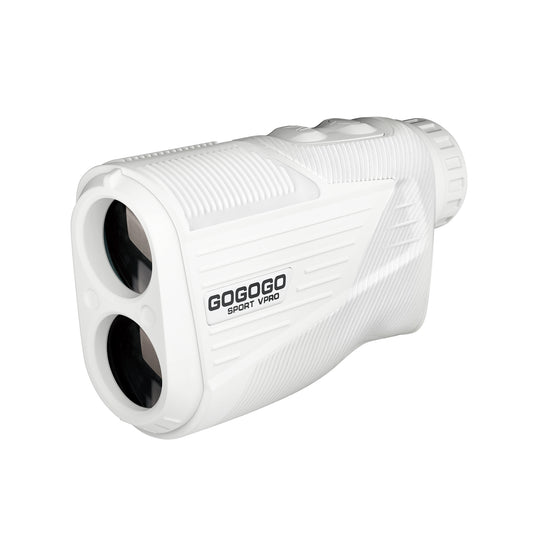
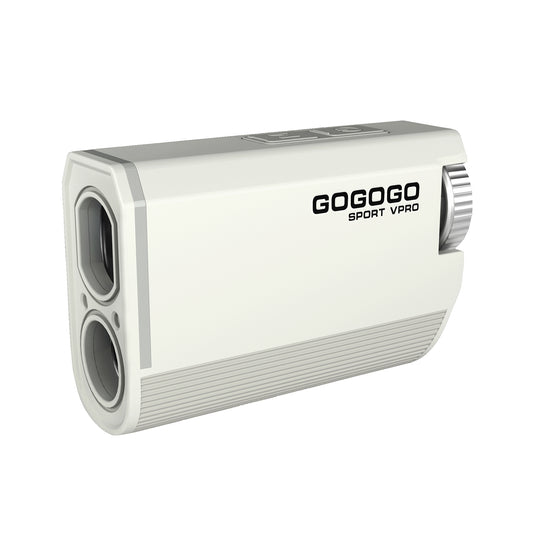
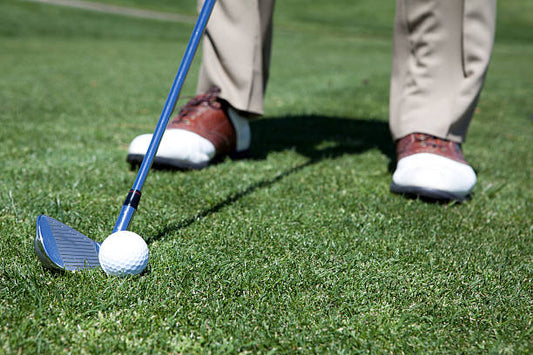
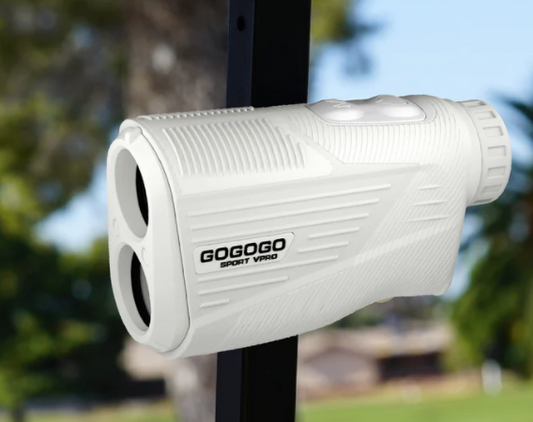

![[2025] The Ultimate Guide to Pinseeker Rangefinders for Golfers](http://gogogosport.com/cdn/shop/articles/gogogo_sport_vpro_pinseeker_rangefinder.png?v=1757993796&width=533)